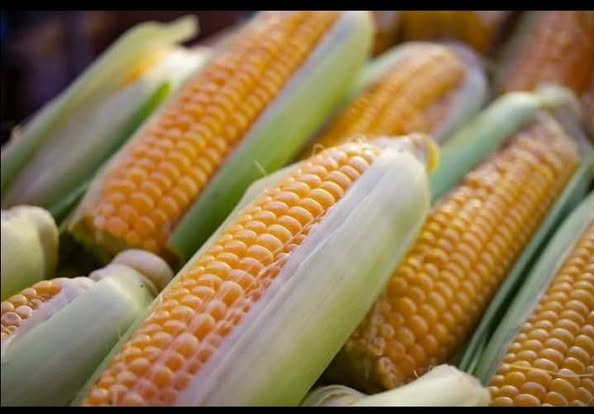South Africa finds itself in the midst of a significant grain crisis, marked by its first import of white maize from the United States in over six years. This development highlights the combined challenges of reduced local production, increasing domestic demand, and regional export commitments.

Declining Maize Production and Rising Demand
The country’s maize production plummeted by a staggering 22.5% during the 2023/24 season, largely due to adverse weather conditions and other agricultural challenges. With an annual consumption of 11.7 million tonnes of maize—a staple food for many South Africans—this decline has triggered concerns about food security and price stability. Compounding the issue is South Africa’s commitment to export 1.5 million tonnes of maize annually, with neighboring Zimbabwe as a primary recipient.
Imports to Bridge the Gap
The first shipment of 23,700 tonnes of white maize from the US is currently being offloaded at Durban’s port, with a second shipment anticipated in February 2025. These imports aim to address the shortfall and stabilize the local market, but they also underscore the severity of the crisis. Projections indicate that South Africa’s maize stocks will last only until March or April 2025, necessitating continued imports to sustain supply.
Skyrocketing Prices
The scarcity has driven maize prices to unprecedented levels. White maize prices have surged by 70%, while yellow maize prices have increased by 43%. These hikes are putting pressure on both consumers and industries reliant on maize products, further straining the economy.

A Critical Outlook for the Industry
Despite the imports, the maize industry is expected to end the season with alarmingly low reserves of just 600,000 to 700,000 tonnes. This raises concerns about the country’s ability to manage future demand and supply shocks, especially if adverse weather patterns persist.
Conclusion
The current grain crisis is a stark reminder of the vulnerabilities within South Africa’s agricultural sector. While imports from the US provide a temporary reprieve, long-term strategies are needed to bolster local production, ensure food security, and stabilize prices. Collaborative efforts between government, industry stakeholders, and regional partners will be crucial to navigating this crisis and building resilience for the future.